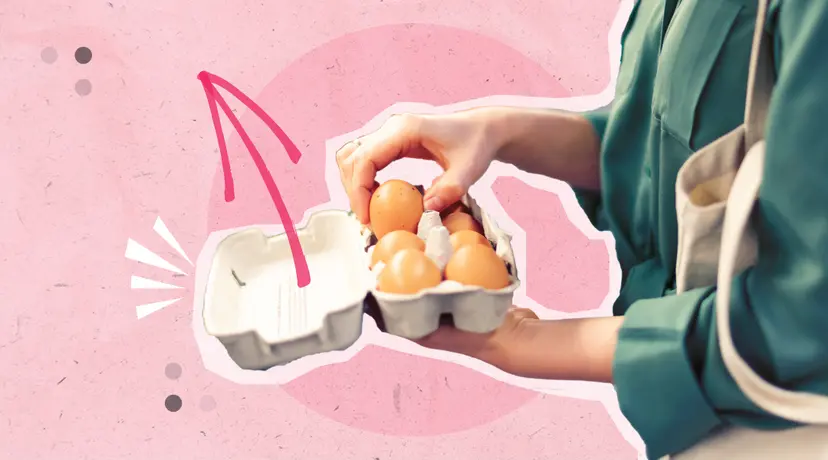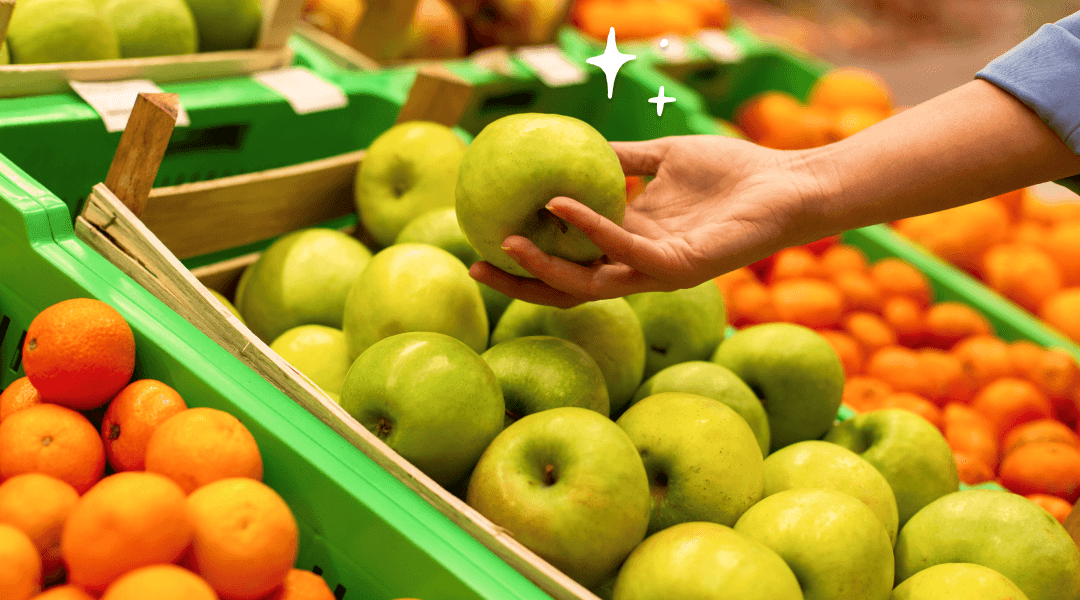

10 tips for getting the best deal on produce
Trying to stretch your grocery budget further? The produce aisle can be one of the trickiest areas to feel like you’re getting a good deal. We’ve got 10 tips to help you save on groceries and make the most of your money.
1. Buy in season
Buying produce out of season is usually more expensive because they either had to grow it in an expensive greenhouse, or they had to truck it in from far away. That extra cost is largely due to the extra fuel cost. So check your calender before you pick up those strawberries. Plus it usually tastes better too.
2. Buy local
Same as buying in season, if they had to ship it in from another state or even another country country, that’s going to cost more than something that only had to come from a few miles away. It’s also a great way to shop sustainably.
3. Buy frozen and canned
Can’t afford to buy fresh every time? No problem! Studies show that the nutrition in frozen and canned fruits and veggies is comparable to fresh. In some ways they can actually be better because they’re frozen or canned at peak ripeness, while some fresh produce is picked before it’s ripe so it can ripen in transit.
4. Check sales and cash back
Of course the best way to save money is to shop smarter! Plan your meals around your grocery ad so you can buy the produce that’s on sale that week. And adding cash back grocery offers from Ibotta can help you save on every shopping trip.
5. Buy bulk bags
While picking each orange from the pile might give you a better sense of autonomy with your food, it might not be the best deal. Those pre-bagged Of course, always check the price because sometimes sales might make single fruit cheaper.
6. Get the ugly ones
Because better looking produce often sells better at grocery stores, misshapen strawberries or carrots with extra legs find themselves on the trash pile. Some stores or retailers have started rescuing this produce and selling it as a discount.
They still taste great and once they’ve been prepped you usually can’t tell the difference! (Right now Misfits Market is offering up to $2.50 cash back through the Ibotta app.)
7. When in doubt, choose bananas
As a standard of the grocery aisle, bananas have typically been one of the cheapest fruits per pound. And thanks to their popularity, they are one of the few foods that have escaped being affected by inflation. They’re full of nutrients, portable for snacks on the go, and great to freeze and put in smoothies later
8. Only go organic sometimes
Eyeing that organic produce, but balking at the price tag? Some recommend only buying organic when it comes to the “Dirty Dozen” of produce, but even that isn’t a given. Decide for yourself what’s best for your family. In the end, some fruits and veggies are better than none, so if it means the difference between buying produce for dinner or not, buy non-organic.
9. Prep them yourself
While it’s more convenient to buy that melon pre-chopped or the corn already husked, it does drive up the price. Instead, wash and chop right when you get home from the store, or set up a designated time to meal prep all of your produce. That way it will still be ready to eat when you want it, but you aren’t paying someone else to do it.
10. Make it last
Once you’ve bought all that produce, the last thing you want is to realize your strawberries are fuzzy or your lettuce has gone limp. Study up on proper produce storage techniques to extend the life of your produce. Or if you have trouble remembering what produce you have before it goes bad, try this trick to store your produce in your fridge door and your condiments in your drawer. That way they aren’t out of sight, out of mind.

